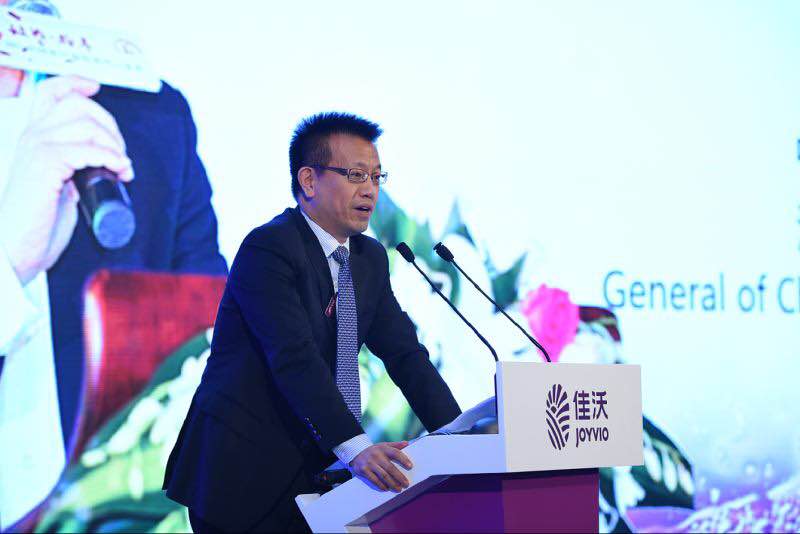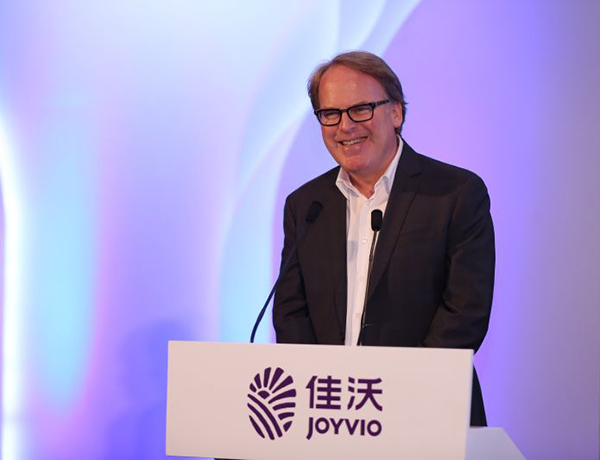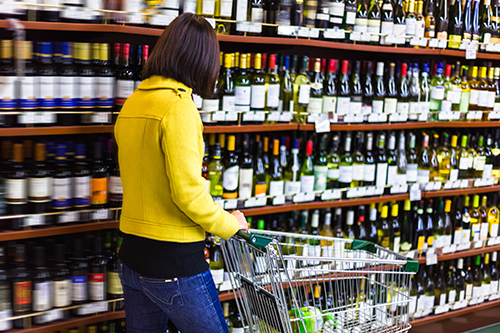China's Wine Market Registers Strong Growth in Volume and Value

According to figures released by China’s General Administration of Customs, the country imported 297 million litres of wines (bottled below 2 litres) in volume terms from January to September this year, a 38.65% increase over the same period last year. In value terms, China imported $1.37 billion worth of wines in the period, a 34.86% increase. The top four importing countries are France, Australia, Chile and Spain. The increases in both value and volume terms, according to Wang, underline that consumer demand for wine in China is steadily rising, especially for mid-range and lower-priced wines.
 However, consumer’s limited knowledge on reputable wine brands and the lack of market regulation still hamper the market’s future growth, Wang admits. Between 2005 and 2014, the average annual growth for China’s imported wines in volume terms hoovers around 46%, and the number of wine importers in the country has exceeded 10,000. But at the same time, none of the wine importers in China managed to maintain annual sales above RM 1 billion (about $156.5 million), he says, underlying the difficultly for even large wine importers to establish the market.
However, consumer’s limited knowledge on reputable wine brands and the lack of market regulation still hamper the market’s future growth, Wang admits. Between 2005 and 2014, the average annual growth for China’s imported wines in volume terms hoovers around 46%, and the number of wine importers in the country has exceeded 10,000. But at the same time, none of the wine importers in China managed to maintain annual sales above RM 1 billion (about $156.5 million), he says, underlying the difficultly for even large wine importers to establish the market.
In fact, many small-scale importers undercut wines to engage in price competition, or even hype up substandard wines as top quality wines for illegal profit gains, further interrupting market order, he emphasizes. In the past three years alone, half of the importers in the country exited the market only after one-year trial, he continues, citing figures from the Customs Adminstration.
In addition, mid-range wines, which should be the driving force of the market growth, remain tepid. Compared with a few years ago, when expensive wines were in strong demand, low-price wines are leading the market at the moment, undermining the market share for mid-range wines.

Describing the current wine market in China as “a jumbled mess”, going forward, introducing reputable wine brands and encouraging professional wine importers such as Joyvio, a food and wine importer under the Legend Holidings (the parent company of tech giant Lenovo), are crucial for market growth, the official concludes.
James was also a guest speaker at the Joyvio event and he emphasized that the future for China was to promote established wine brand instead of selling only on discounted prices adding that “China needs to teach people about wine appreciation and not wine education. The wine trade needs to create good wine consumers who understand that established brands over quality and value.”
Photos from top to bottom: Wang Xuwei, Secretary General of China Association for Importers & Exporters of Wine and Spirits, giving a speech at a wine event hosted by Joyvio, a food and wine importer owned by Lengend Holdings; James giving a speech on China’s wine market at the Joyvio event; A Chinese wine consumer selecting wines at a supermarket.
– Natalie Wang